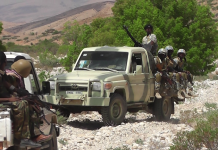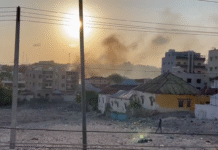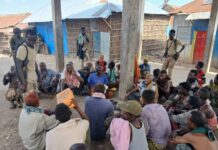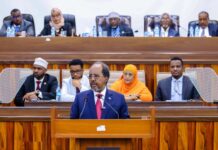Since the beginning of 2017 there have been nearly 7,909 cases of cholera resulting 196 deaths in 11 regions across Somalia, according to new data released by the UN Office for Coordination of Humanitarian Affairs (OCHA) on Sunday.
The severe drought in Somalia has caused the depletion of main water sources and as result, many communities have relied on purchasing water. Aid organizations say that the price of water has become so high that it has become out of reach for many who have begun turning to unsafe water sources, which puts those people at risk of contracting water-borne diseases such as cholera.
The outbreak is most severe in the inaccessible villages in the Bay region. There are new cases continue to be reported in Awdinle, Gof Gadud, Gorisane, Dafad, Manas, Nebsoy and Shabellow.
In the Bakool region, the most affected districts are Wajid and Burdhuhunle in Gedo, Garbahaarey district.
WASH and other health partners have established cholera treatment centres in Bay and Bayhow hospitals. In areas most hit, they are providing hygiene kits and oral rehydration salts.
Somalia is one of four regions, along with South Sudan, northeast Nigeria, and Yemen that the UN said would need $4.4 bn in aid. The UN humanitarian appeal for Somalia in 2017 sits at $864m, but the UN World Food Programme (WFP) asked for an additional $26m in emergency funds to address the drought.
The Somali government has already called the drought a national disaster last week following a high-level roundtable discussion about the humanitarian crisis.
Source: HIiraan Online











